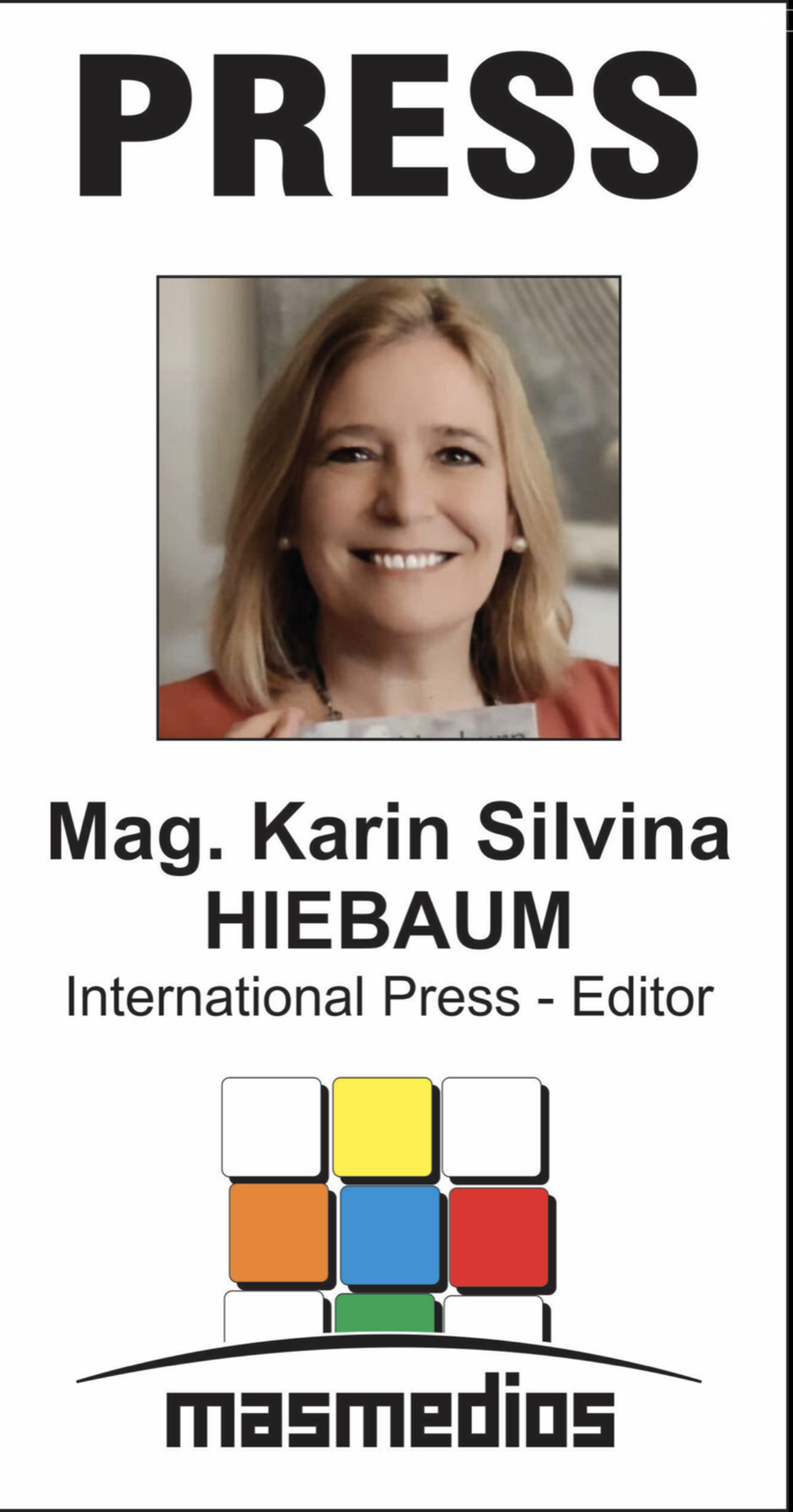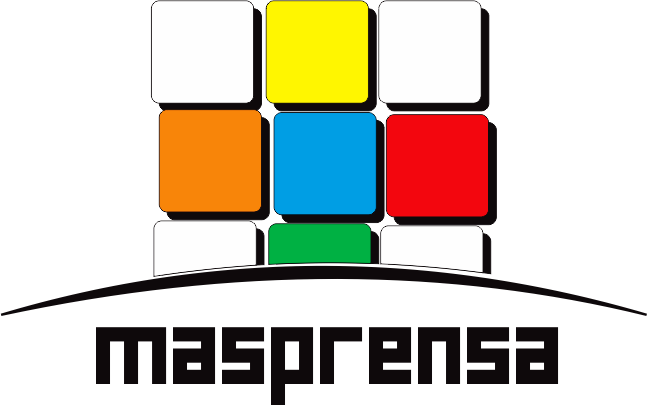
)
For most of us, email is the most common form of business communication so it’s important to get it right. Although emails usually aren’t as formal as letters, they still need to be professional to present a good image of you and your company.
How to write a formal email
Follow these five simple steps to make sure your English emails are perfectly professional:
- Begin with a greeting
Always open your email with a greeting, such as “Dear Lillian”. If your relationship with the reader is formal, use their family name (eg. “Dear Mrs. Price”). If the relationship is more casual, you can simply say, “Hi Kelly”. If you don’t know the name of the person you are writing to, use: “To whom it may concern” or “Dear Sir/Madam”.
2. Thank the recipient
If you are replying to a client’s inquiry, you should begin with a line of thanks. For example, if someone has a question about your company, you can say, “Thank you for contacting ABC Company”. If someone has replied to one of your emails, be sure to say, “Thank you for your prompt reply” or “Thanks for getting back to me”. Thanking the reader puts him or her at ease, and it will make you appear more polite.
3. State your purpose
If you are starting the email communication, it may be impossible to include a line of thanks. Instead, begin by stating your purpose. For example, “I am writing to enquire about …” or “I am writing in reference to …”.
Make your purpose clear early on in the email, and then move into the main text of your email. Remember, people want to read emails quickly, so keep your sentences short and clear. You’ll also need to pay careful attention to grammar, spelling and punctuation so that you present a professional image of yourself and your company.
)
4. Add your closing remarks
Before you end your email, it’s polite to thank your reader one more time and add some polite closing remarks. You might start with “Thank you for your patience and cooperation” or “Thank you for your consideration” and then follow up with, “If you have any questions or concerns, don’t hesitate to let me know” and “I look forward to hearing from you”.
5. End with a closing
The last step is to include an appropriate closing with your name. “Best regards”, “Sincerely”, and “Thank you” are all professional. Avoid closings such as “Best wishes” or “Cheers” unless you are good friends with the reader. Finally, before you hit the send button, review and spell check your email one more time to make sure it’s truly perfect!
What Is A Formal Email?
A formal email is an email that uses professional language and clear formatting to begin or continue a discussion relating to a professional or otherwise important subject. People also use formal emails to signal respect when contacting someone they do not know personally. Formal emails are the default for work-related settings and communications, ensuring that employees’ communications represent their organisation well.
Why Are Formal Emails Important?
Formal emails are important because they establish the proper conditions for significant discussions to take place. When someone receives an email from an unknown individual, its formatting confirms that the communication is serious and coming from someone with a genuine concern. The respectful tone of a formal email also helps two parties engage in a helpful discussion where they gladly extend courtesies toward one another. For instance, a job applicant inquiring about an opening with a company benefits from showing their professional communication skills and expressing their appreciation for any guidance they receive.
How Are Formal And Informal Emails Different?
Sometimes, you might be unsure whether to take a formal or informal approach in an email. Here are some key comparisons to help you understand the differences between them and the situations where they are appropriate:
Audiences
Formal emails are appropriate when communicating with audiences related to your work, such as colleagues, clients and representatives of other businesses. Use formal emails if communicating with figures of authority or individuals whom you want to show respect, such as government officials, professors or other public figures. Some companies are embracing more informal emailing practices, but usually friends, family and acquaintances exchange them. If you are ever unsure whether to use a formal or informal email, you benefit from favouring the respectful tone of a formal one.
Formatting
Formal emails generally follow a straightforward format of introduction, body text and closing. This format helps recipients quickly understand the significance of an email and reduces the potential for miscommunications. While some formal emails might require relatively lengthy body sections, most can accomplish their goal in one or two paragraphs. Informal emails often follow standard email conventions, such as addressing the recipient by name and signing off with the sender’s. However, the rest of their formatting depends on personal preference and the sender’s intentions.
Spelling and grammar
Formal emails should adhere to the rules of proper grammar and avoid misspellings. As a professional or otherwise official message, formal emails represent your communication skills and ability to write properly. Often, a formal email’s first impression directly affects the response the sender receives. Informal emails do not have to be grammatically correct. They often use a conversational tone and include slang, abbreviations and other expressive forms of writing that make a friendly exchange enjoyable.
Content
Formal emails are typically informative. Sometimes they contain polite requests, but they otherwise present the recipient a few key pieces of information they should know or might want to act upon. For instance, an employee might send their manager a formal email with an update on a project, or a sales representative might introduce themselves to a potential client and explain what they sell. Informal emails typically contain personal or entertaining content. Friends might discuss recent events in their lives, or someone might send members of their family photos from a recent trip.Colleagues might develop friendships and email one another about personal matters. Although their primary relationship began at work, any discussions not related to work might be informal and should take place on personal email accounts.
How To Write A Formal Email
Here are the steps to follow if you want to send a formal email that makes a professional impression:
1. Confirm your email address is professional
Whenever sending a formal email, do so from a professional email address. Professional email addresses can be from your educational institution or workplace, or they can be a personal email address that contains elements of your name with as few other symbols and numbers as possible. Especially if the recipient does not know you, they might be wary of opening emails from any unprofessional or unusual senders. A professional email address also supports the serious content of your message.
2. Write your subject line
Your subject line directly states the topic of your email. It should be as brief as possible and in title case to appear professional. When knowing your name would help the recipient categorise or respond to the email, you might include it in your subject line.Related:
3. Use a formal salutation
Open the text of your email body with a formal salutation. Address the recipient by their title or honorific and last name. Here are some formal salutations you might use:
- Dear
- Hello
- Greetings
- To Whom It May Concern (if the recipient’s name is unknown)
4. Introduce yourself
If you have not already communicated with the recipient, introduce yourself in your first sentence. State your name and then explain your relation or relevance to the recipient. For instance, a professor would want to know if you are writing as a student or faculty member, and a business owner would want to know if you are a potential client or another business’s employee. Conclude your first paragraph with one sentence stating your reason for writing.
5. Communicate your message succinctly
Your next paragraph provides additional detail about why you are writing. You might provide some more information about yourself and explain what you hope to accomplish with your email. If there are any administrative details related to your communication, such as a deadline, include it in this section. Ideally, this section should be one or two paragraphs in length.
6. Close with appreciation
Your final paragraph thanks your recipient for the time they took to read and consider your message. It concludes by referencing the next interaction you hope to have with the recipient. For instance, you might simply hope to hear from them, or you might want to arrange an in-person meeting. Finally, use a formal closing and sign your name, providing professional contact information if appropriate. Here are some formal closings you can use:
- Regards
- Best
- Sincerely
- Yours
- Respectfully
- With respect
7. Proofread and send your email
Before hitting send, proofread your email closely. Your communications should be free of any typos or grammatical errors. You can use a proofreading app, available for free online, that scans your text to ensure it is correct. Aside from technical concerns, you also benefit from revising any sentences that might be unclear or awkwardly phrased. A well-written message can help you receive the response you desire.
Formal Email Template
Here is a template you can use the next time you are drafting a formal email:Subject: [Brief and clear subject]Dear [Recipient name],My name is [your name], and I am [explain relation or relevance to recipient]. I am writing to [state reason for contacting recipient].[Offer some background about yourself and explain your intentions]. [Provide any additional important information, keeping your message brief].Thank you for your time. I hope to [speak with/hear from/meet] you soon.[Formal closing],
[Your name]
[Professional contact information]
Formal Email Example
Here is a fictional example of a formal email sent by a student interested in a research opportunity at their university that follows the above template: Subject: Research Assistant OpeningDear Professor Patel,My name is Pranit Shah. I am a first-year graduate student in the School of Business Management. I am writing regarding the research assistant opening the department listed in its recent bulletin.As an aspiring entrepreneur, I am deeply interested in studying how developments in start-up funding have influenced the corporate structures of new companies operating in international markets. I believe the research you are leading aligns closely with my proposed thesis, and I am sure it would be an excellent opportunity to apply the skills I have developed while pursuing my graduate studies. I have attached my CV for your consideration.Thank you for your time. I hope to hear from you soon.With respect,
Pranit Shah




